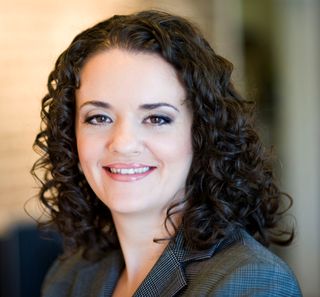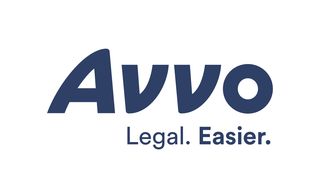I wish I could claim that I don’t make mistakes. I pride myself on my precision and attention to detail, so when I do make a mistake it pains me personally as well as professionally. However, mistakes do occur, especially when you are dealing with the amount of numerical data that your team does from identification numbers, dates, money figures, and account numbers, just to name a few.
I have experienced more than once the sinking feeling in my gut when I realize that I have committed an error. On two occasions, deadlines to file VA correspondence had passed – one was for filing an appeal and the other was for filing an initial application a month after the client expected us to. In each case, it cost the client money, which meant that it cost the firm money.
Dwelling on the mistake will only make it worse. After having realized that you made a mistake, what do you do next? Take these five steps!
 Devise a solution(s)
Devise a solution(s)- Inform the attorney/supervisor
- Inform the client
- Implement the solution
- Learn from the mistake
Devise a Solution
For some, the first instinct may be to try to fix or cover up the mistake. Let’s hope that is not you. The second inclination may be to rush directly to the attorney and confess. While there may be some situations when you should notify others in the firm immediately – for example, you neglected a deadline that is now four hours away – in most cases you should try to devise solutions to manage or overcome the error. If you cannot personally discern a viable solution, then at the very least pull pertinent documentation or regulations to present to the attorney when sharing the problem. Be aware that with some errors, there may be no solution other than to apologize and make it right with the client.
Inform the Attorney
After coming up with a solution or supportive documentation, it is a priority to inform the attorney or your supervisor. This is a difficult conversation to have. For guidance on how to initiate such a conversation, refer to another Lawyers with Purpose blog post, “A Tough Conversation”. Although this is not an easy conversation to have, it is crucial to remain as professional as possible and to focus on resolution. There will be plenty of time to cry about it at home, if necessary. It is important that the attorney knows that you take such occurrences as seriously as he/she does and that you are committed to making things right. The attorney may be livid at the situation, which can appear to be directed at you. The anger or frustration should be minimized if you come prepared with solutions.
Inform the Client
After the attorney has been able to problem solve, before taking any action, the client must be informed about the problem and any possible solutions or consequences. Depending on the type of error, the communication can be by email (i.e. we misspelled your father’s name on the VA application, we will send in a statement in support of claim to correct it); by phone (i.e. we didn’t file the application as soon as we told you we should, but we are filing it now); or by written correspondence in the mail (i.e. the appeal was due last week but we missed the deadline, so these are your options).
Implement the Solution
After the client has had an opportunity to respond, the next step is to implement the solution or action plan that was approved by the attorney and the client. Whatever the solution may be, act purposefully and diligently to implement it. You can tell a lot about a person’s character by the way they handle their mistakes.
Learn from the Mistake
Finally, you must LEARN from your mistakes. You may receive a note in your personnel file or even a reprimand. You may feel unfairly punished. Taking it personally will only paralyze you from moving forward. Be proactive and analyze why the mistake happened. Were your systems or processes not followed? Are there systems and processes that need to be added? Was someone not held accountable when they should have been? By determining why the mistake occurred, you can then proceed to figure out how not to repeat it. If you don’t take this final step, then you just made a bigger mistake than the one that started you down this path.
If you aren't a member and want to learn more about how Lawyers With Purpose can help you grow your existing estate or elder law practice into the practice of your dreams, join us on July 23rd for our Having The Time To Have It All webinar at 2 EST. Space is limited so make sure you mark your calendar and grab your spot today!
By Sabrina A. Scott, Paralegal, The Elder & Disability Law Firm of Victoria L. Collier, PC and VA Production Coordinator for Lawyers With Purpose.
Victoria L. Collier, Veteran of the United States Air Force, 1989-1995 and United States Army Reserves, 2001-2004. Victoria is a Certified Elder Law Attorney through the National Elder Law Foundation; Author of “47 Secret Veterans Benefits for Seniors”; Author of “Paying for Long Term Care: Financial Help for Wartime Veterans: The VA Aid & Attendance Benefit”; Founder of The Elder & Disability Law Firm of Victoria L. Collier, PC; and Co-Founder of Lawyers with Purpose.










